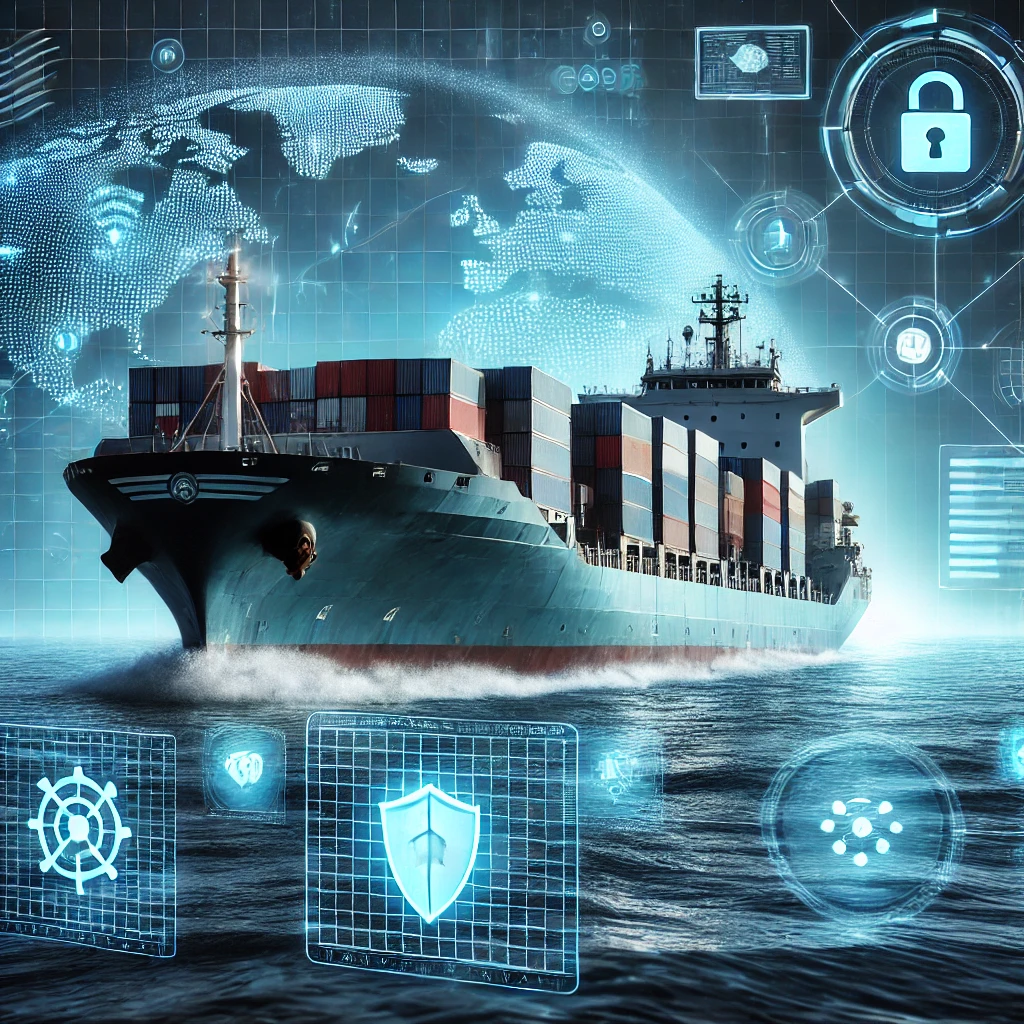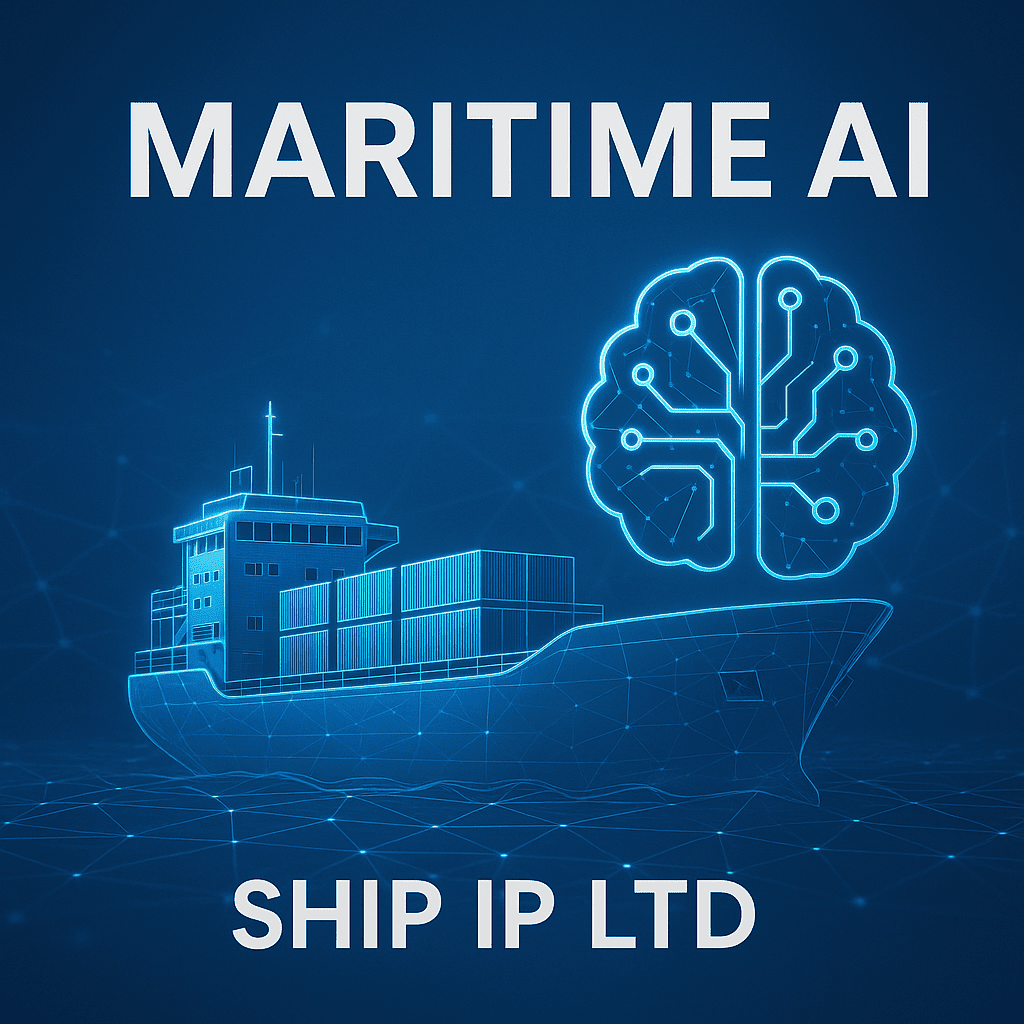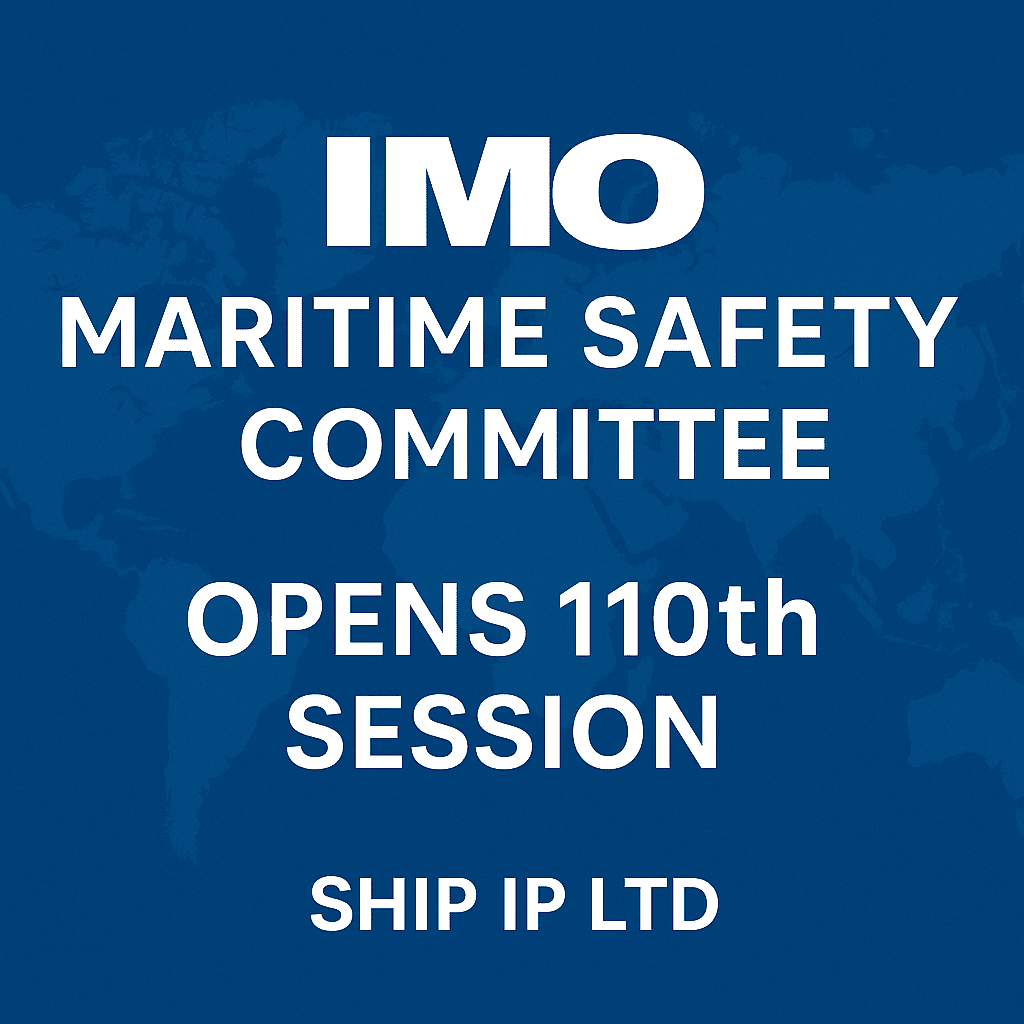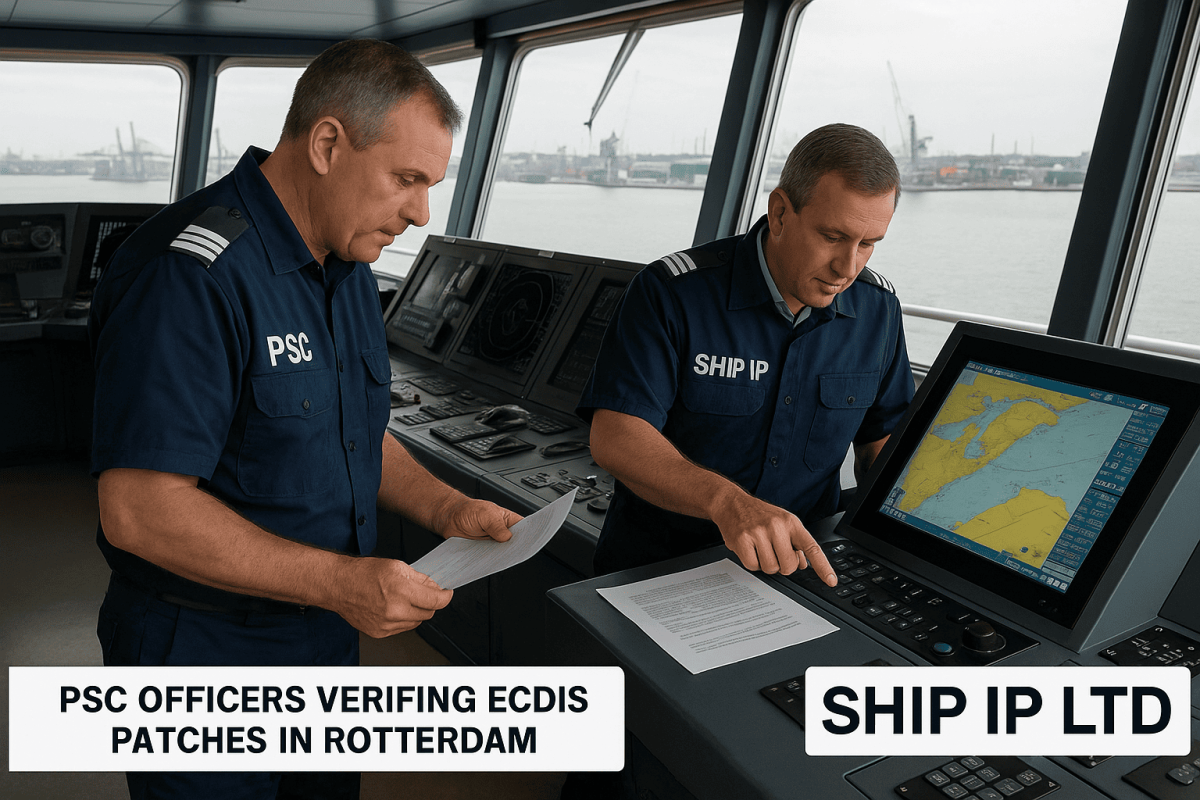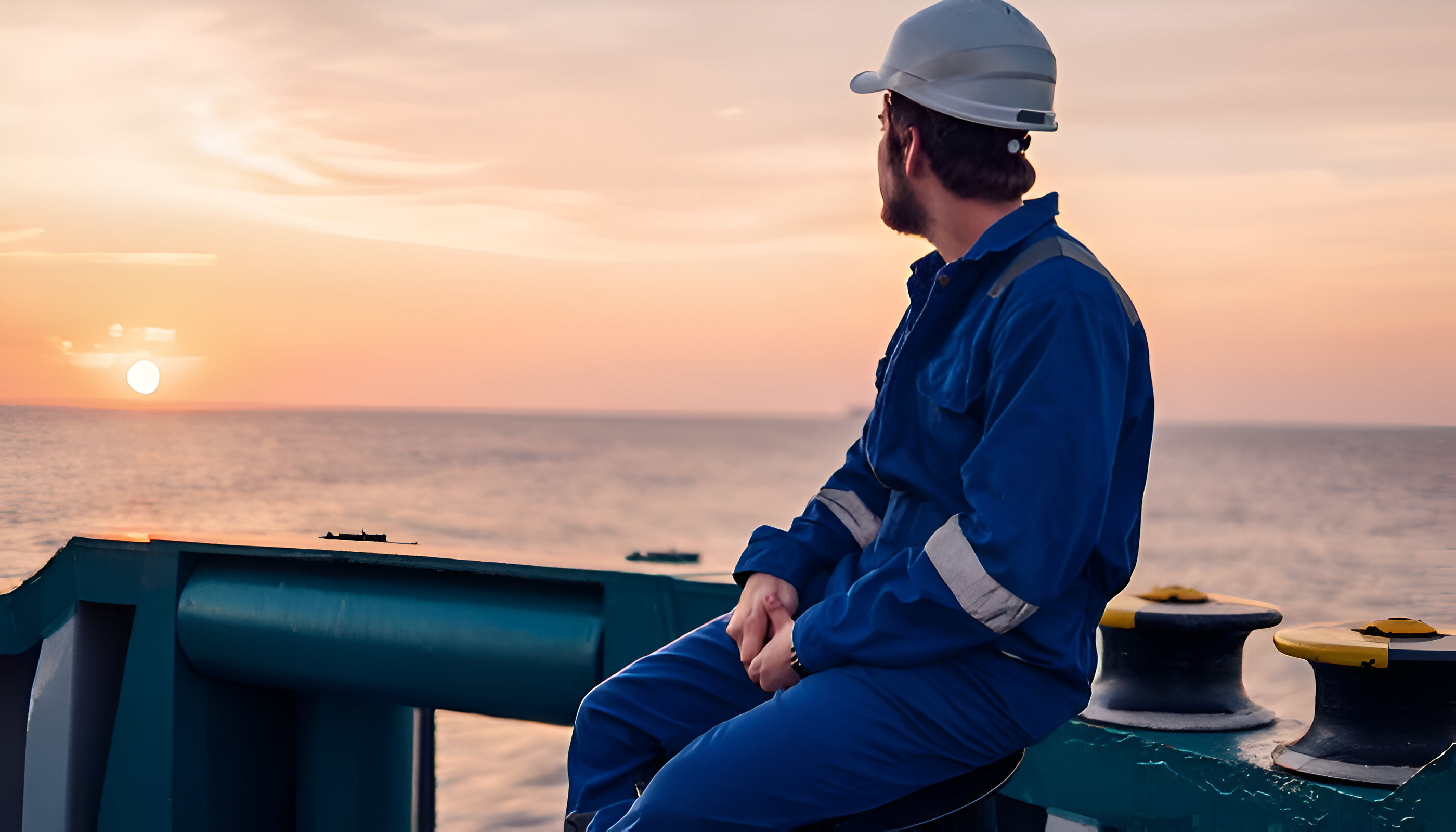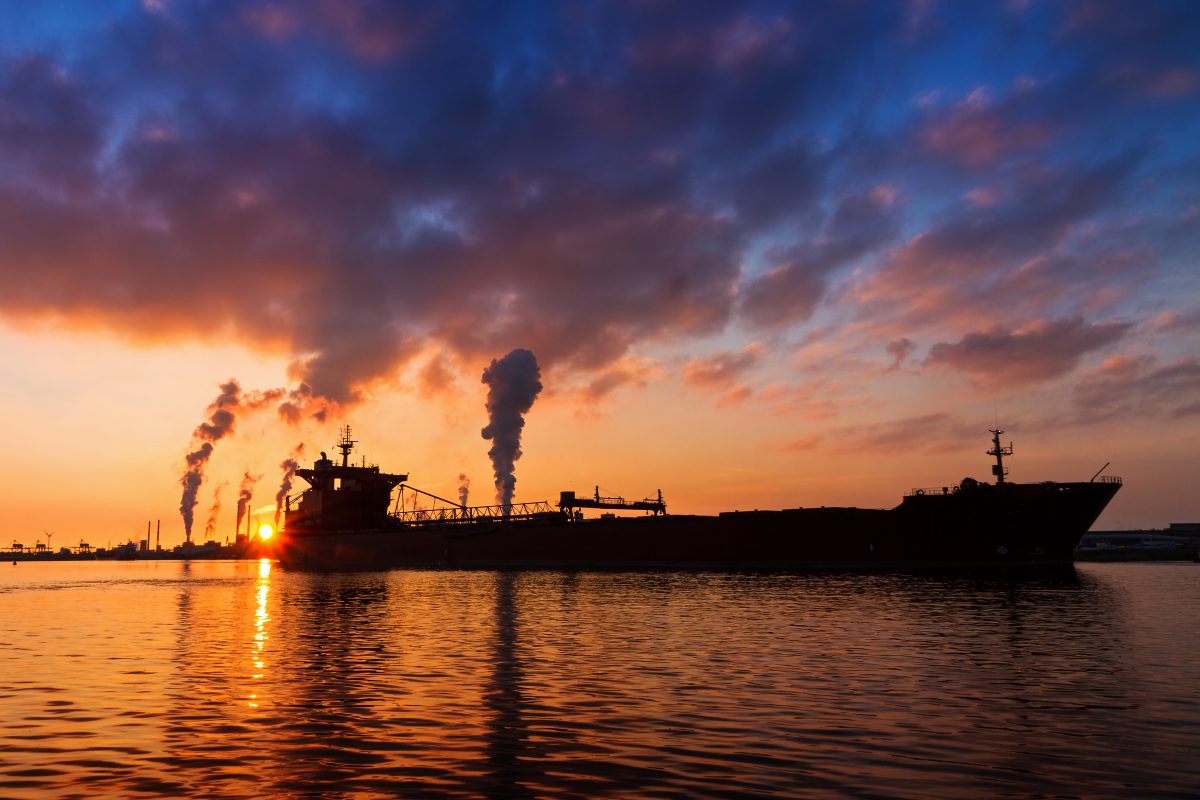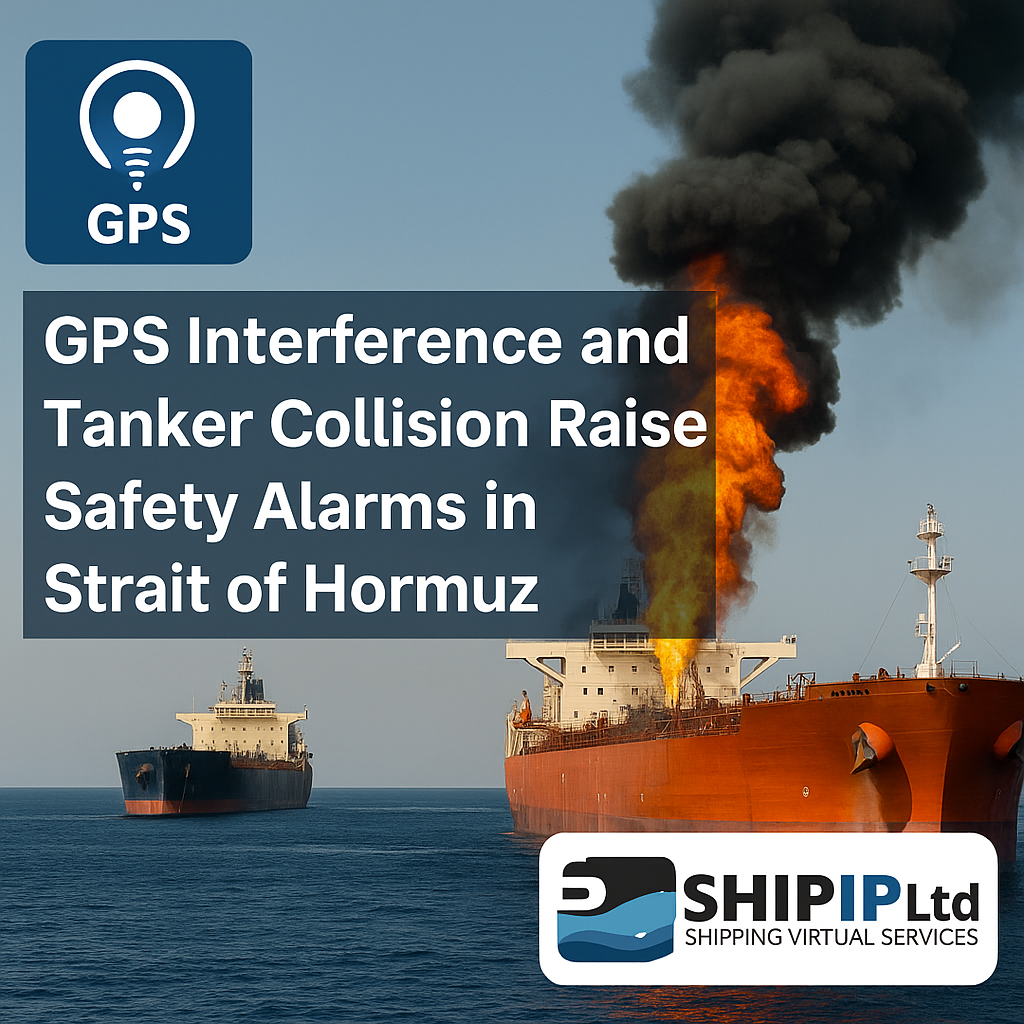🛡️ Maritime Cybersecurity Alert – Recent Threats, Vulnerabilities & Regulatory Shifts (Aug 4–8, 2025)
As cyber threats targeting the maritime industry escalate, it’s critical to stay informed and prepared. Here are key developments from the past few days:
🔧 Critical Vulnerabilities Patched
On August 7, Honeywell patched critical flaws in its Experion Process Knowledge System (PKS)—vulnerabilities that could allow remote code execution. All maritime operators using Experion are urged to update systems immediately to mitigate risks.
⚠️ Active Cyber Threats Intensifying
Recent findings reveal an increase in:
-
Hacktivist campaigns disrupting AIS signals, targeting Israeli-linked vessels.
-
Russian and Chinese APTs infiltrating ports and classification societies.
-
GPS spoofing/jamming in critical chokepoints (Strait of Hormuz, Persian Gulf).
📍 Port Infrastructure Under Attack
NATO’s CCDCOE warns that several European and Mediterranean ports have experienced coordinated attacks on vessel traffic and access systems—highlighting gaps in cybersecurity at civilian-run port facilities.
📜 Regulatory Update – US Coast Guard Rule Now Active
As of July 16, the U.S. Coast Guard mandates all MTSA-regulated entities to:
-
Appoint a Cybersecurity Officer
-
Conduct annual risk assessments
-
Develop and implement cybersecurity plans
This is a pivotal step in aligning maritime security with national cyber defense strategies.
🚢 How Ship IP Ltd Can Help
At Ship IP Ltd, we specialize in helping maritime companies comply with cybersecurity regulations, build resilient infrastructure, and respond effectively to threats.
Our services include:
✅ Risk assessments & GAP analysis
✅ Cybersecurity Plan (CSP) development
✅ Crew & shore-side training
✅ Technical controls & incident response
✅ Support with USCG, IMO & IACS compliance
Let us assist you in securing your fleet, ports, and digital assets—before threats strike.
📩 Contact us today to begin your Cybersecurity Implementation Journey.
🌐 www.shipip.com | 📧 sales@shipip.com

